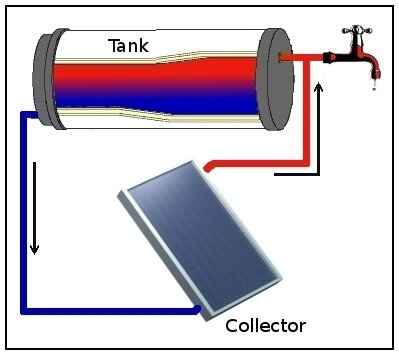5 Disadvantages of Permaculture Explained
Disadvantages of permaculture are; labor and time requirements, low short-term yield, skill and knowledge requirements, product cost and shelf-life, and practical adherence challenges.
This article discusses the disadvantages of permaculture, as follows;
1). Labor and Time Requirements (as one of the Disadvantages of Permaculture)
Labor and time are factors which add significantly to the capital cost of permaculture, alongside others like land, equipment and material resources.
Because synthetic tools and methods are restricted in permacultural farming, the lack of these resources is augmented with intensive labor, using organic tools and materials as a replacement.
At the initial stage of setting-up a permacultural farm, these demands can be a major challenge. This is especially the case for large-scale projects.
However, in the long-term, the cost of managing permcultural farms decreases significantly, due to less maintenance, and less expense on chemical fertilizers, pesticides and herbicides. This long-term cost saving is considered to be one of the advantages of permaculture.

2). Low Short-term Yield
Low crop and livestock yields in the short-term, are challenges of permaculture, especially in a small-scale and rural context [1].
In the initial stages of permacultural projects, this challenge is usually compounded by others such as high capital cost and labor.
For conventional farming, such problems are easily addressed using chemical fertilizers, pesticides and herbicides, and other synthetic tools and materials to facilitate high instantaneous yield.
Some factors that may be mentioned in an attempt to justify the low yield include less wastage of resources, energy conservation, and energy efficiency, all of which are higher in permaculture.
In the long term, yields tend to increase due to sustainability, and higher stability of permacultural production.

3). Skill and Knowledge Requirements (as one of the Disadvantages of Permaculture)
Knowledge and skills are both important for permaculture.
Unlike conventional agriculture, permacultural farming requires an in-depth knowledge of the ecosystem, energy pyramid, biological processes and other ecologic concepts.
These requirements may serve as a hindrance to the adoption of permaculture, as well as to its effective practice.
4). Product Cost and Shelf-life
Crop and livestock products from permaculture are expensive compared to those from conventional farming.
This can be explained by the higher-quality, labor and time input which are all associated with such organic products.
The high cost of permacultural products affects their sales and popularity, and can prevent some farmers from making profit.
Due to the absence of chemical preservatives, permacultural products have a relatively short shelf-life. This is similar to organic farming products, which are produced and marketed under very similar conditions.
They are susceptible to infestation by pests, and early biodegradation. Considering the high cost of these products, their low shelf-life can be described as a high-risk factor, and is a major drawback for permaculture.
5). Practical Adherence Challenges (as one of the Disadvantages of Permaculture)
In order to reap the sustainability, resilience, and reliability of permaculture, some requirements must be strictly adhered to.
These restrictions are referred to as principles of permaculture, and include the minimization of synthetic inputs, and the consistent use of organic fertilizer, biological pest and weed control, and sustainable agricultural practices like conservation tillage.
Adhering to these principles can be difficult under practical, real-life conditions, such as in cases of sudden pest infestation and crop destruction, where chemical pesticides provide a more instantaneous solution than biological control.
Other areas where adherence may be a problem include cases of low crop yield and soil infertility, as well as cases where composting is problematic to achieve.
Conclusion
Disadvantages of permaculture are;
1. Labor and Time Requirements
2. Low Short-term Yield
3. Skill and Knowledge Requirements
4. Product Cost and Shelf-life
5. Practical Adherence Challenges
References
1). Gambiza, J. (2019). “Permaculture: Challenges and benefits in improving rural livelihoods in South Africa and Zimbabwe.” Sustainability 11(8):2219. Available at: https://doi.org/10.3390/su11082219. (Accessed 23 October 2022).



